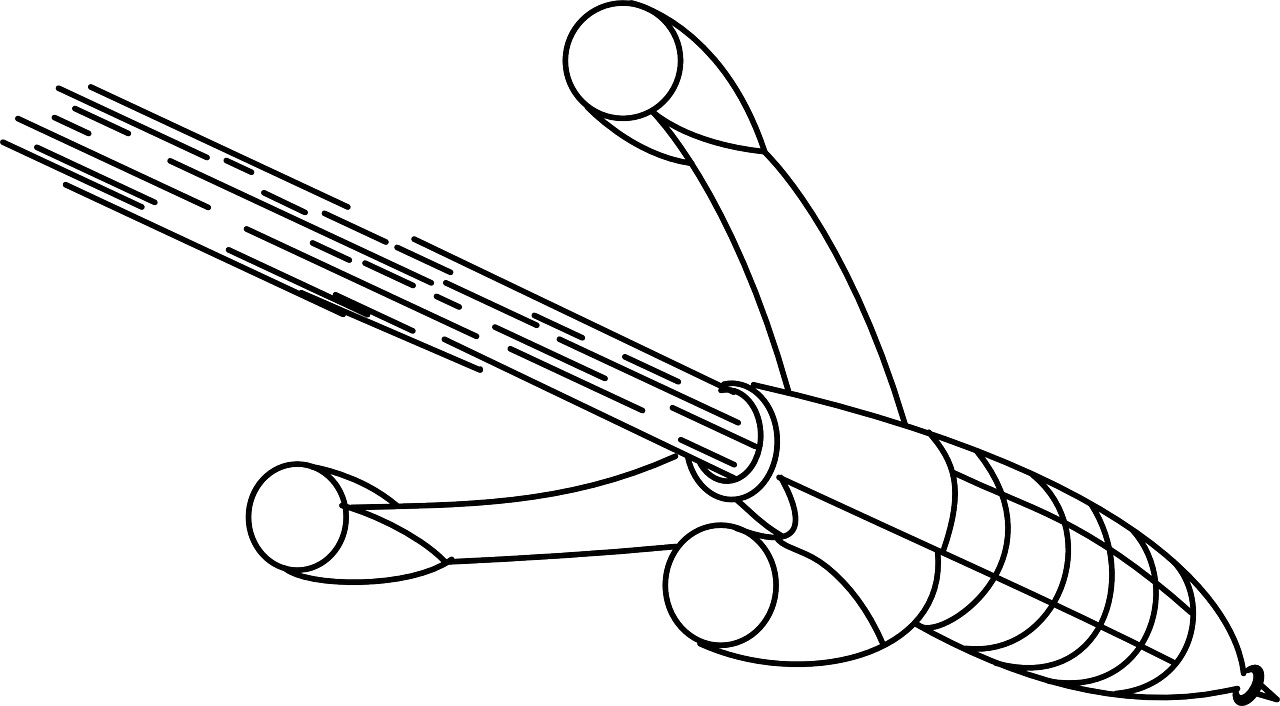
In my high school intro to physics class the teacher asked “How do you move on a frictionless surface?’ All of us kids yelled out the standard answers based on our own struggles with propulsion. Aikido asks what becomes possible without opposition?
The main answer is the same, you use kokyu, or breath power. In physics class this concept blew (sorry) my mind to the degree that the next week was so banal in comparison that I dropped the class. In Aikido the question of friction or opposition is the only question. How do we reduce our own opposition in order to move freely such that we can also propel uke along with us.
We do not live in a frictionless environment, we have no applied experience that can be used to understand what it would be like not to have to push against something in order to move. Newton has three laws of motion but the only one that explains “how to move” states that you have to exert force toward something else. We understand this to mean that opposition=potential.
Opposition is not an effective resource, especially in instances of conflict. This is especially true if you happen to be of lesser resources, i.e. strength, size, status, etc. Opposition often requires destruction or suppression to meet your goals at the expense of something or someone else. In this approach we create more and more friction in hopes that the fire we create is what we need. A lot of energy and a high likelihood of burnout.
Aikido is an alternative approach that reduces friction so that our energy and resources are directed towards opportunity. Aikido practices directing the energy of conflict towards mutual benefit and resolution. Far less energy to create potential in a frictionless environment.

I think this line of thinking Is really intuitive. I have background in self defense, but it stems from the idea of using as much force and strength that you possibly can onto your attacker. The style of aikido I’ve learned from class is very different. I like it because, as stated earlier, it’s really not about physical qualities of strength, but more so about knowing there are calm alternatives to create safety within a conflict. To turn conflict into something safe, and not have either party be in jeopardy.
I really like the point of no “burnout”. In previous scenarios – fighting would leave me exhausted. However, being able to incorporate aikido techniques really does prevent this- since you’re really working together with your opponent rather than against them.
Haha I love the tie-in of physics 101 concepts to Aikido! It actually provides some great visuals for understanding why Aikido’s non-oppositional approach works so well. Thinking about Newton’s Laws brings up a few very applicable points. One in particular has to do with a small person trying to oppose a big person (and as a scrappy small person, let me tell you it is very difficult and very exhausting).
The part of Newton’s Laws that stands out here is the one dealing with two objects of different mass traveling in opposite directions, and colliding with one another. While the forces of the two objects will cancel each other out to some degree, the larger force will dominate the smaller. The smaller force may slow the larger down, but the larger will still keep moving forward. On top of that, the larger force will push the smaller one so hard that the smaller one ends up travelling in the same direction as the large. It’s like picturing a little kid and a sumo wrestler charging toward one another, and the little kid just bouncing off.
Using the physics analogy really helps in picturing what we’re trying to accomplish in Aikido. Opposing another force can use up a lot of energy. But redirecting another force uses up very little energy. In Aikido, we are only redirecting that sumo wrestler’s energy in a way that benefits us- so we don’t become that little kid who just bounces off! (And no offense to sumo wrestling!)